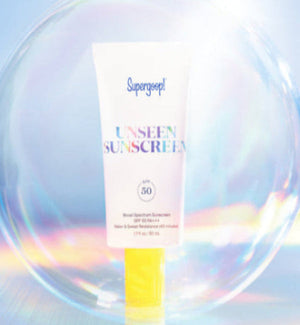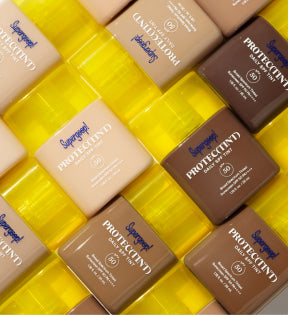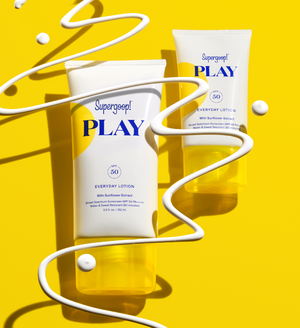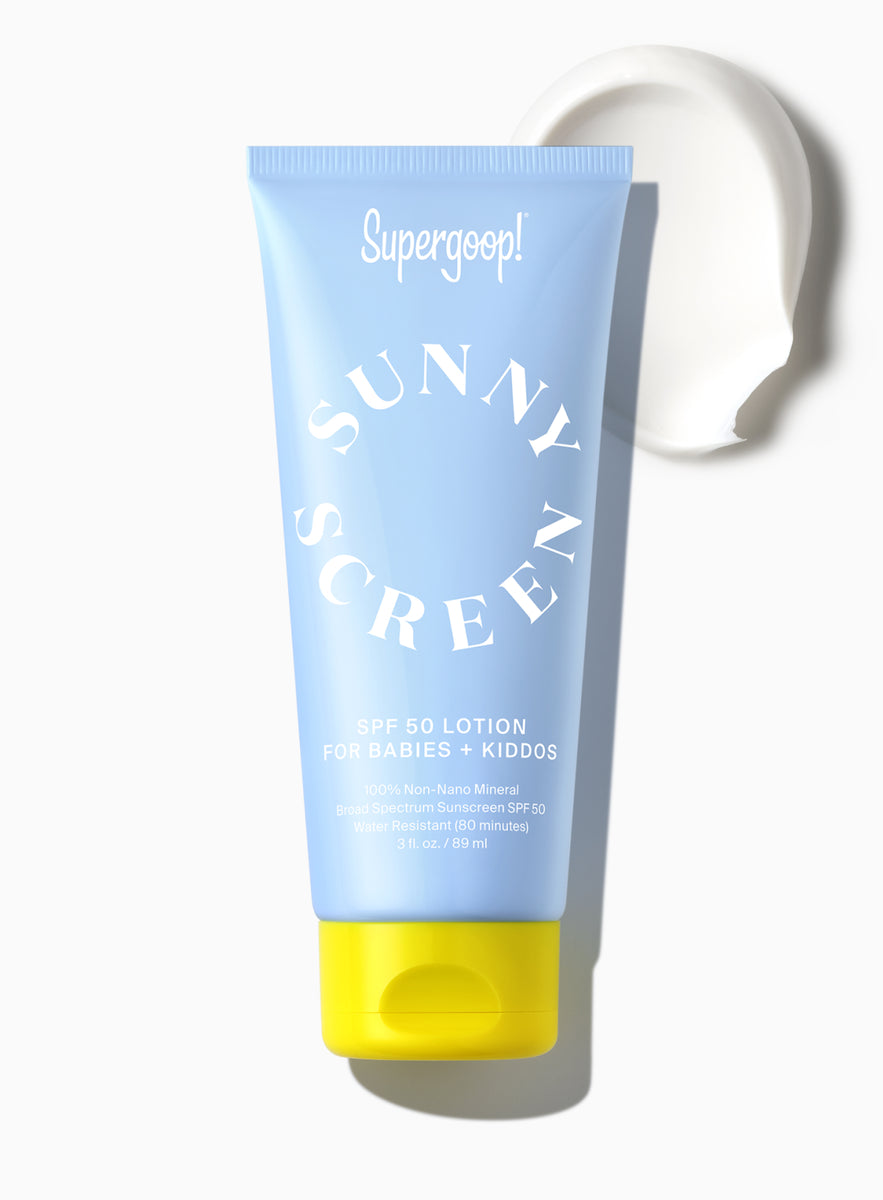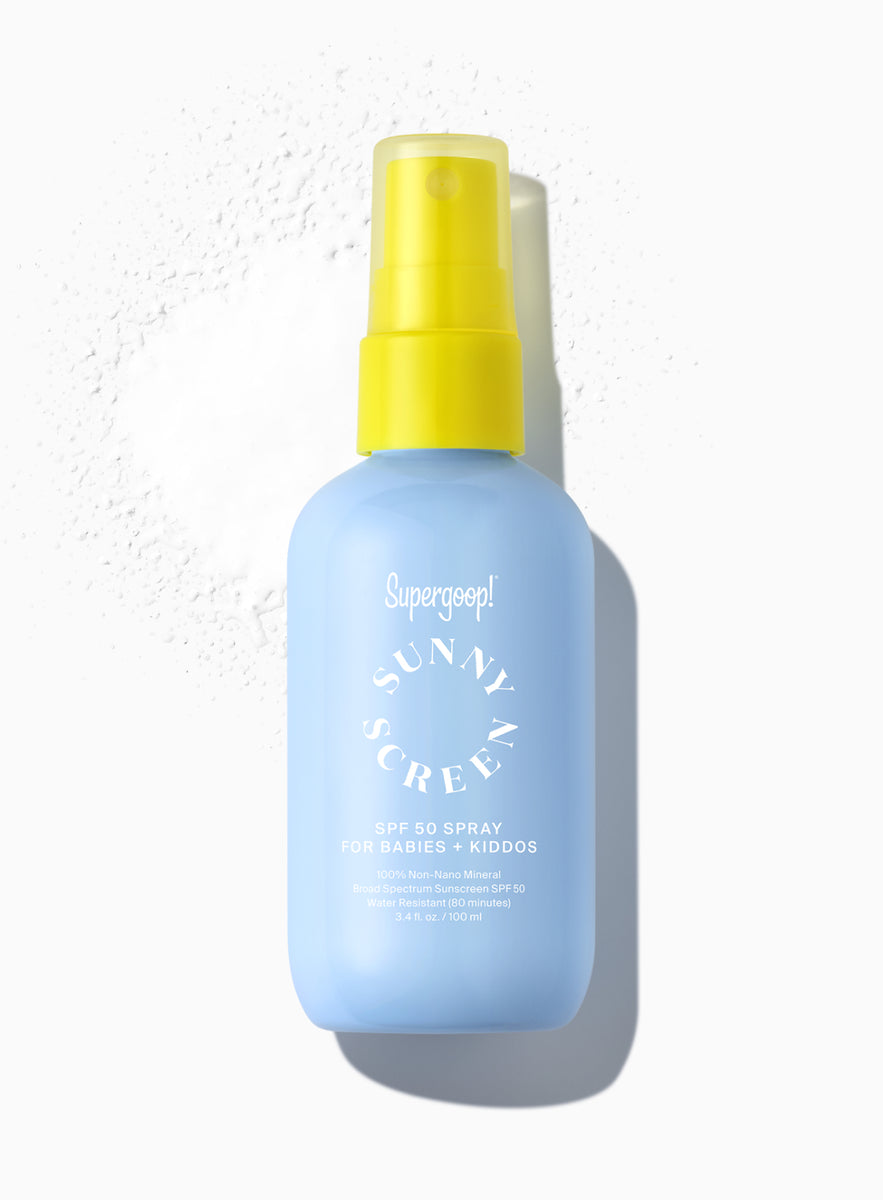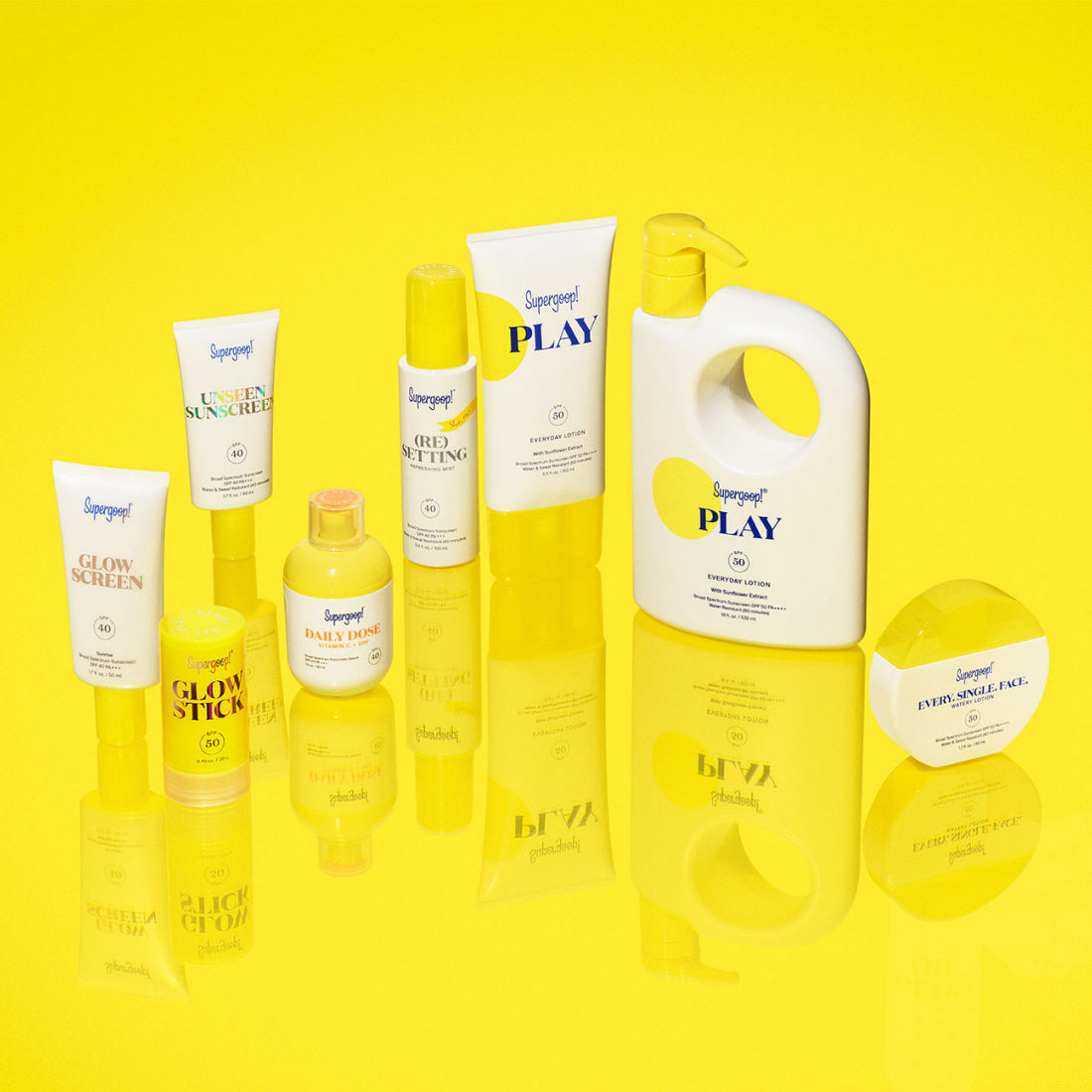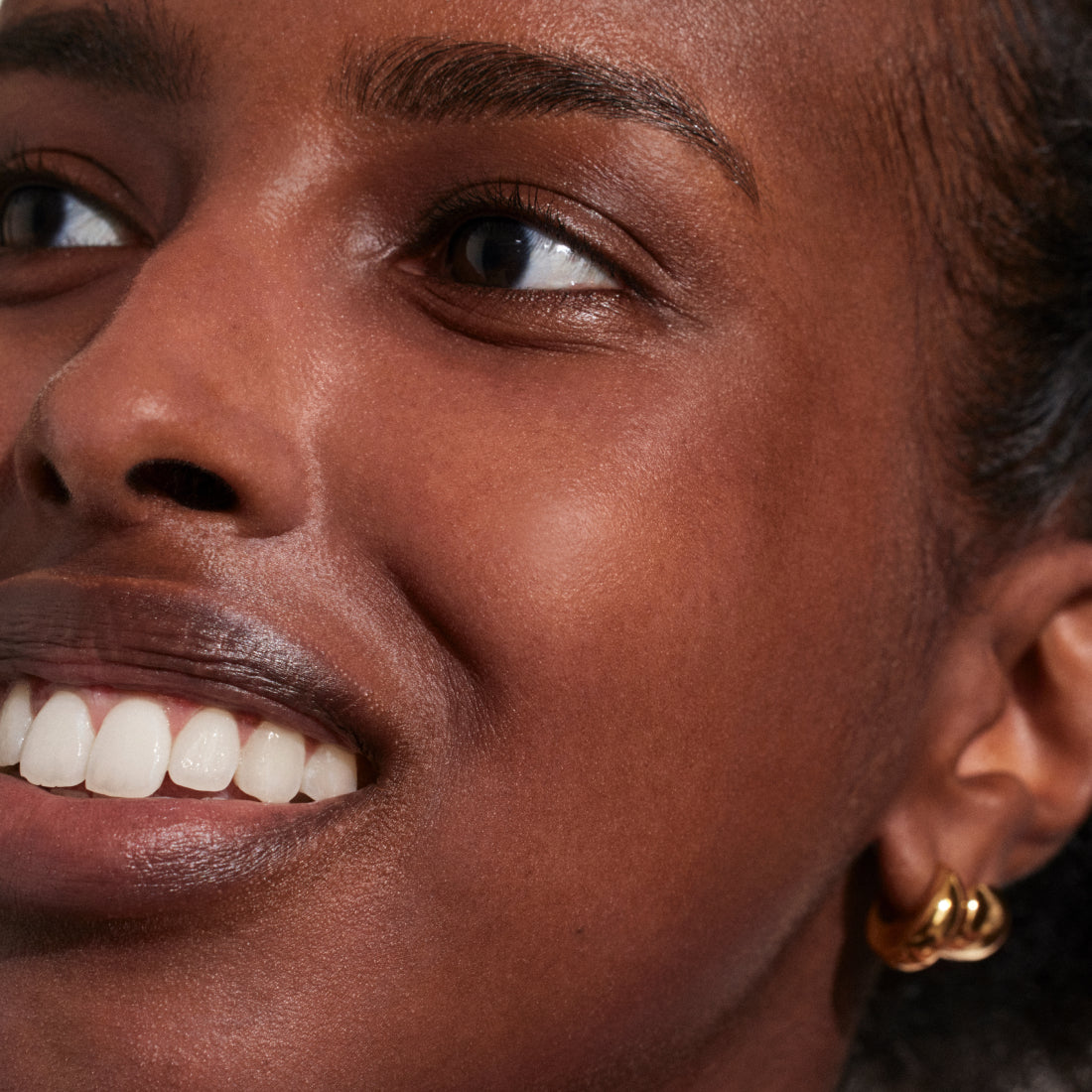Eczema can be tricky to deal with, especially when it's your child who has been diagnosed. Here, we break down what the symptoms of toddler eczema are, skincare tips to make managing it easier, and what kind of sunscreen you can (and should) turn to.
With the help of Dr. Liza Levin, an NYC-based board-certified dermatologist who completed a pediatric internship at Cohen Children’s Hospital in New York City and currently counts many babies and children as patients, we’re breaking down everything you need to know about eczema and babies.
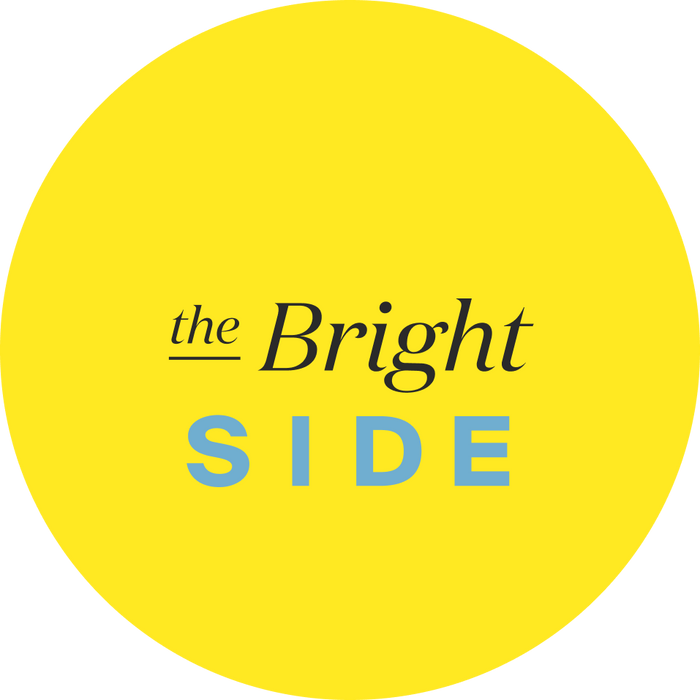
Asked & Answered
A suncare & beauty destination from the Experts in SPF™
CATEGORIES
Asked & Answered
Skincare & SPF for Babies with Eczema
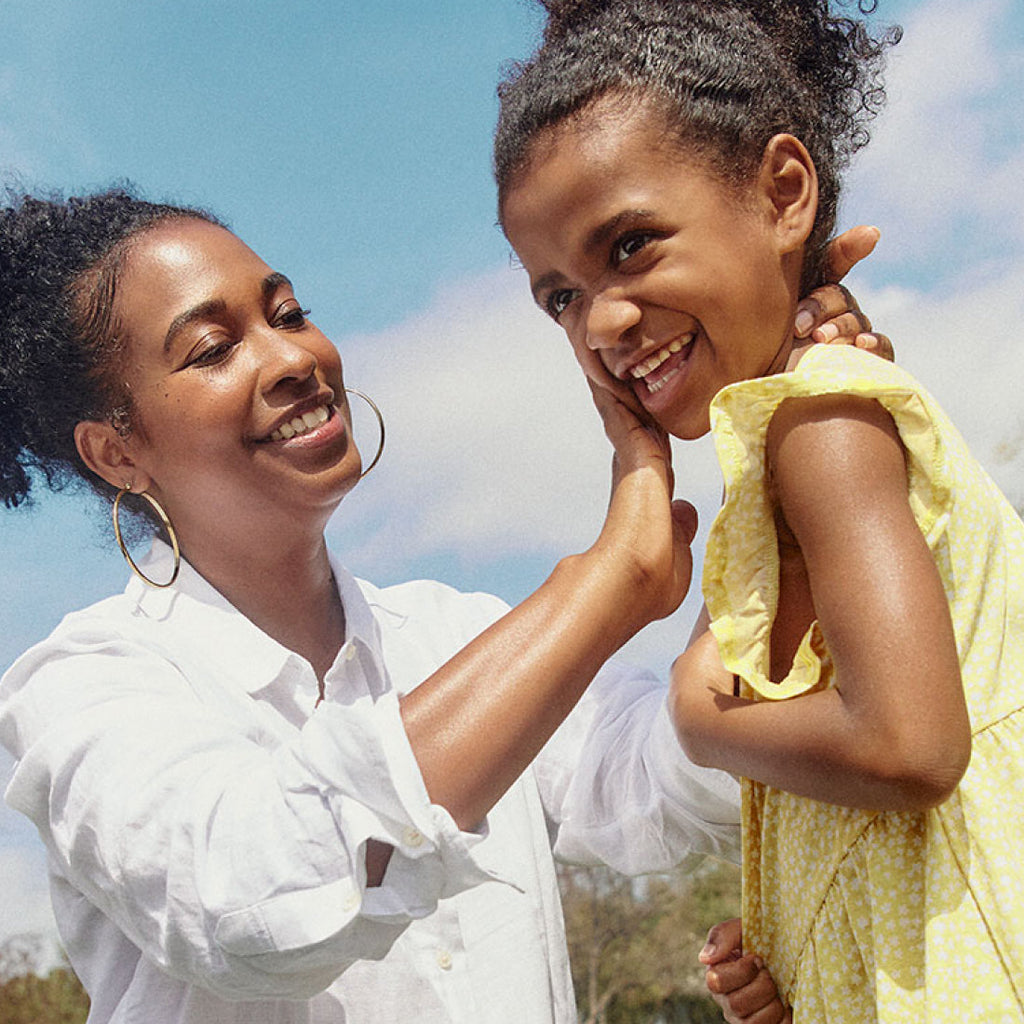
The symptoms of eczema & how it’s diagnosed
“Eczema in babies typically presents itself as dry, scaly, itchy, red or irritated skin. This can manifest as patches on the body or face (commonly cheeks) or ‘flexural areas’ like the creases of the baby’s neck, arms and legs. You might also notice that the child develops habitual scratching (because it feels so good!). They may wriggle in the crib or rub their face on your shoulder. They can also scratch in their sleep and even have trouble sleeping in general.”
If you’ve noticed any of these symptoms with your own child, then it’s always best to pay a visit to your dermatologist. “A board-certified dermatologist can make a clinical diagnosis by evaluating the baby’s skin,” says Levin. “Usually, additional testing — like blood work and biopsies — are not necessary.”
A suitable skincare regimen for babies or toddlers with eczema…
Levin stresses that in order to manage eczema in babies, you need to make sure you're educated enough on it so that you can develop a suitable skincare routine for your child. Some general pointers? “Children don’t need to be bathed every day, so for some patients, I recommend reducing the number of baths, and keeping the baths lukewarm and less than 10 minutes,” says Levin. “This way, you can avoid drying out the skin. When bath time is over, you should pat the skin dry (no rubbing) while leaving some moisture behind. Then apply your fragrance-free or hypoallergenic emollients or moisturizers right away. If your board-certified dermatologist has recommended any prescription topical medications, you should apply those first and THEN the moisturizer on top.”
And now, for the SPF…
If your baby is under six months old, the American Academy of Dermatology recommends avoiding the sun and SPF. When your baby is outside at that age, it’s recommended to put sun protective clothing on them and try to avoid the sun (think: hats and lots of shade).
“After six months, I recommend sunscreen with physical blockers like titanium dioxide or zinc oxide for eczema-prone skin,” says Levin. “These ingredients are less irritating and sit on top of the skin.”
Enter: Sunnyscreen. Our mineral sunscreen with broad spectrum SPF is specially formulated for babies and toddlers, pediatrician-tested and free of silicones, parabens and fragrance!
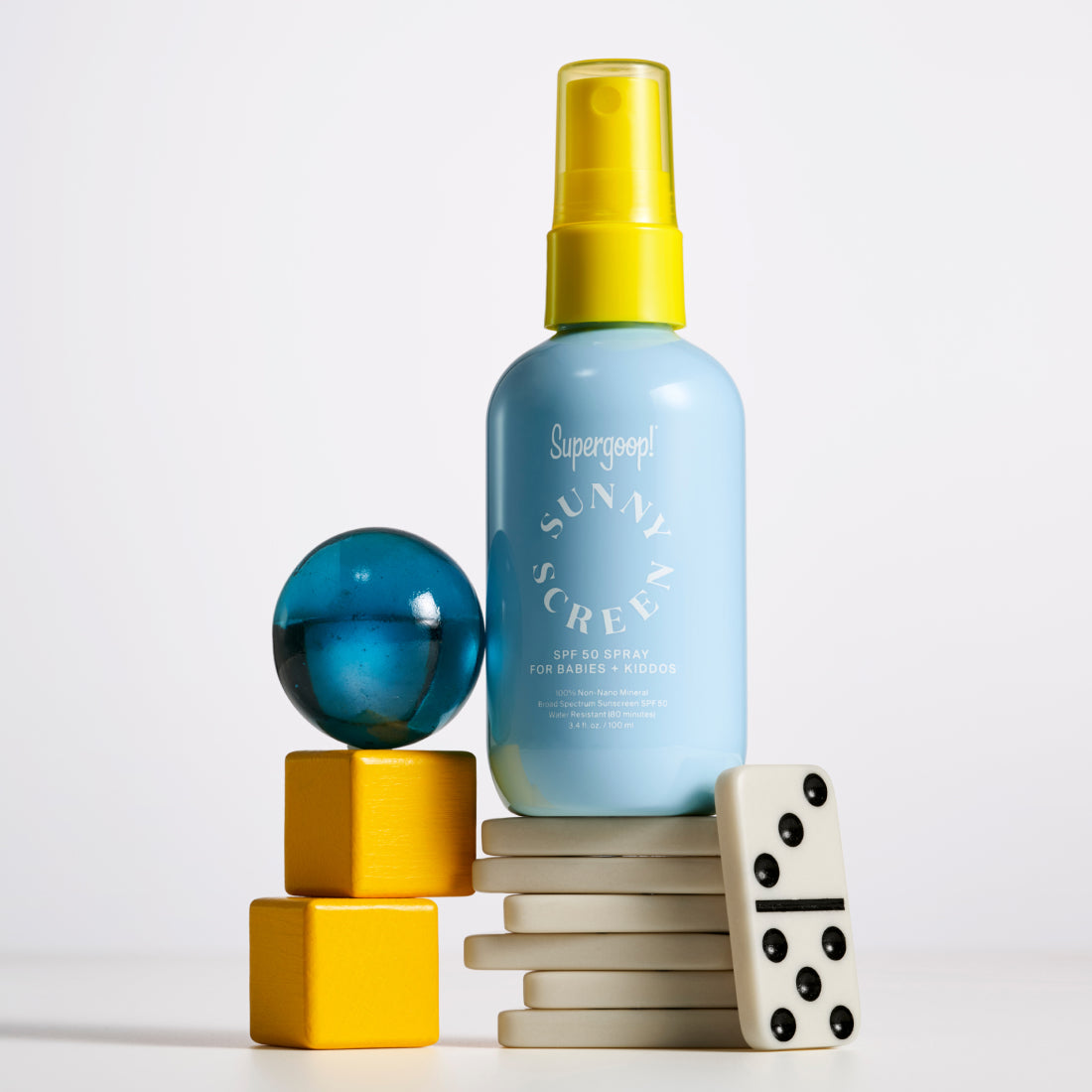
Sunnyscreen comes in three formats that make it easy to keep your little one's skin protected. There’s our classic Sunnyscreen Mineral Lotion SPF 50, which is a great baby sunscreen to keep in your diaper bag. And then there’s Sunnyscreen Mineral Spray SPF 50, which parents love for easy SPF reapplication throughout the day. And finally, there’s Sunnyscreen Mineral Stick SPF 50, which is a great option for super wiggly worms. Just rub the stick on their skin, blend and you’re done!




















